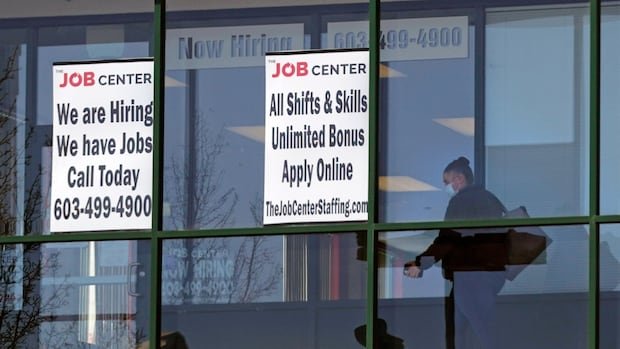U.S. job growth significantly slowed in August, leading to a rise in the unemployment rate to nearly 4.3 percent, the highest in almost four years. This data signals a weakening labor market and supports expectations for an interest rate cut by the Federal Reserve this month.
The latest employment report from the Labor Department revealed job losses in June, the first decline in four and a half years. Economists attribute the stagnant job growth to President Donald Trump’s import tariffs and stricter immigration policies, which have shrunk the available labor pool.
The labor market softness is mainly due to reduced hiring, as July saw more unemployed individuals than job openings for the first time since the COVID-19 pandemic. Trump’s tariffs have raised concerns about inflation, causing the Federal Reserve to pause its interest rate cuts. Despite some clarity on trade policies with most tariffs now implemented, a recent U.S. court ruling deemed many duties illegal, leaving businesses uncertain.
Olu Sonola, head of U.S. economic research at Fitch Ratings, emphasized the escalating concerns in the labor market, indicating that the Fed might prioritize job market stability over its inflation goals. Tariff uncertainties are seen as a significant factor contributing to the labor market weakness.
In Canada, similar labor market challenges were observed, as the unemployment rate rose to 7.1 percent in August, accompanied by a loss of 66,000 jobs. The U.S. non-farm payrolls increased by only 22,000 jobs last month, following a revised gain of 79,000 in July.
Analysts expected a rise of 75,000 jobs in August, with estimates ranging from no change to 144,000 new positions. Additionally, revisions showed a decline of 13,000 jobs in June, contrary to the previously reported increase of 14,000.
The unemployment rate climbed from 4.2 percent in July, partly due to more people entering the workforce. While August’s job growth slowdown could be influenced by seasonal factors, the overall employment growth has notably slowed compared to the same period in 2024.
Health care saw the most job additions in August, with a 31,000 increase in payrolls. However, this sector also showed strain, falling short of its average monthly gains over the past year. The social assistance industry added 16,000 jobs, reflecting a decline in job openings in health care and social assistance sectors.
Government payrolls dropped by 15,000, contributing to a significant decrease of 97,000 jobs since January. Various sectors, including wholesale trade, manufacturing, construction, and professional services, experienced job losses.
Federal Reserve Chair Jerome Powell hinted at a potential rate cut at the upcoming policy meeting, acknowledging the escalating labor market risks. The Fed has maintained its benchmark interest rate range since December.
Following the data release, U.S. Treasury yields declined, and the dollar weakened against other currencies. Trump’s recent dismissal of the Bureau of Labor Statistics commissioner, Erika McEntarfer, amid weak job reports and downward revisions, raised concerns about data manipulation, although economists defended the revisions as part of standard modeling practices by the bureau.
Trump’s nomination of E.J. Antoni, a Heritage Foundation economist critical of the bureau, to replace McEntarfer has faced skepticism from economists across the political spectrum for his perceived lack of qualifications.


